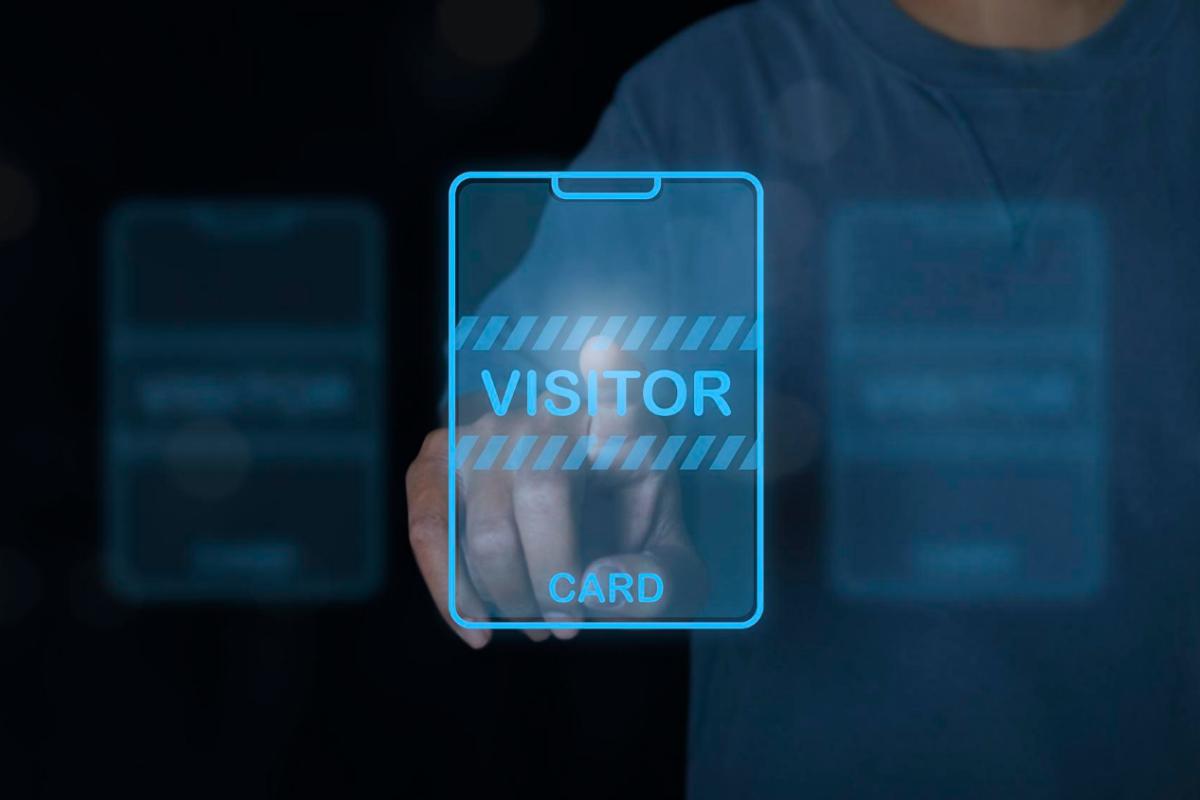Understanding Gated Community Access Control Technology

Gated Community Access Control Technology is growing more popular.
Gated residential neighborhoods can consist of single-family houses, condominiums, or rented apartments. The idea of a gated community came into reality in the attraction of safety. By limiting entry to inhabitants, guests, attendants, delivery vendors, and maintenance personnel, a class of security can be preserved in the community to protect its residents. In addition, technological advances have made gated security systems fast, manageable, efficient, and cost-effective. Using a broad range of technology available today, homeowners and community leaders can safeguard their neighborhoods while allowing residents to quickly and securely control access.
What is access control?
Managing shared access to a space implicates several challenges. For example, controlled access to gyms, pools, and laundry rooms may also be needed within gated communities with apartments and condos. Whether it is a single point of shared entry or multiple points, the primary objective is to find a balance between limiting access to unauthorized individuals while making it effortless for authorized individuals to gain access fast and easily. An added aspect of access control is permitting multiple individuals to control the system from diverse devices and allowing them to give and withdraw access to others. Several high-tech solutions make this achievable.
How does access control work?
The most classic form is with a physical guard stationed at the gate, who inspects the credentials of residents and guests either manually or by documenting it into a system to validate it on a database. This system matured over the years and became more automated to make it more infallible and secure. However, the system that most of us are acquainted with is gaining access with electronic clickers or fobs.
The system also progressed from hardware-based to software-based, allowing subjects to punch codes into a keypad. The disadvantage to this is that the codes can be shared or spied upon and misapplied by unauthorized individuals. Periodic changes to the code to stop this could yield significant confusion and demand cumbersome system resetting.
NFC or near-field communication or RF or radio frequency technology has bypassed that problem. Instead, they supply access with entry tags automatically detected by sensors at the gate entrance. This ultimately made the process fully automated and contactless.
With the upsurge of mobile devices and apps, it is now feasible to control access through the internet. Well-designed apps that are uncomplicated to use allow citizens to manage access control so that they do not even need to be physically present at the gate to supply access, possibly for a guest or another family member. The system also has features like granting access permissions for detailed windows of dates and times and withdrawing the same, all from the same dashboard user interface on an app.
We hope this helps you better understand gated community access control technology. Contact us today to learn more about our gated security systems. We want to help you keep your gated community safe for everyone.